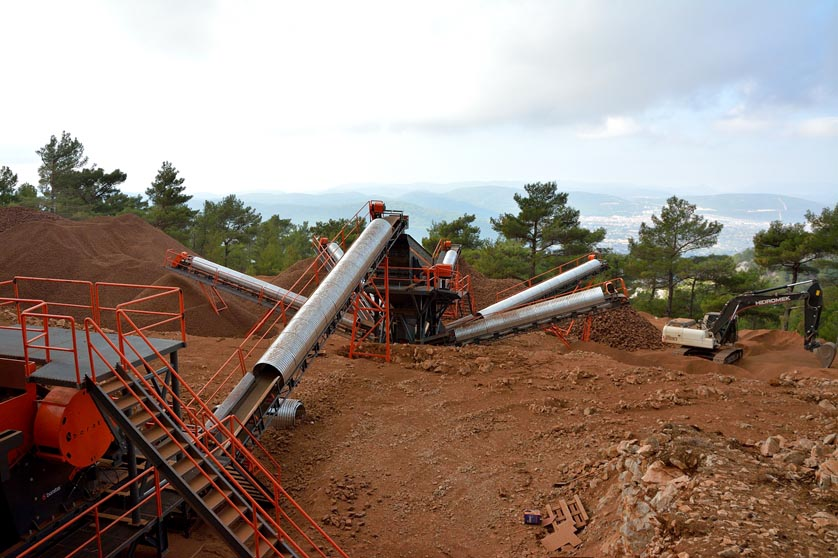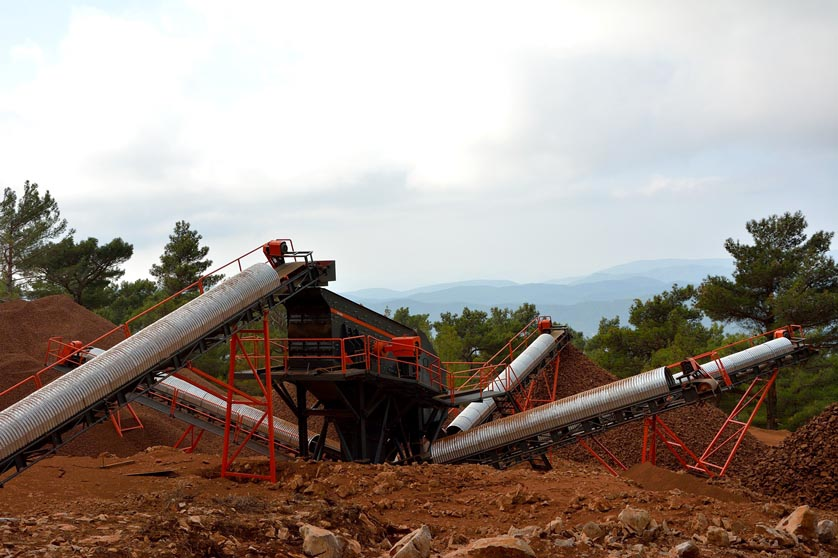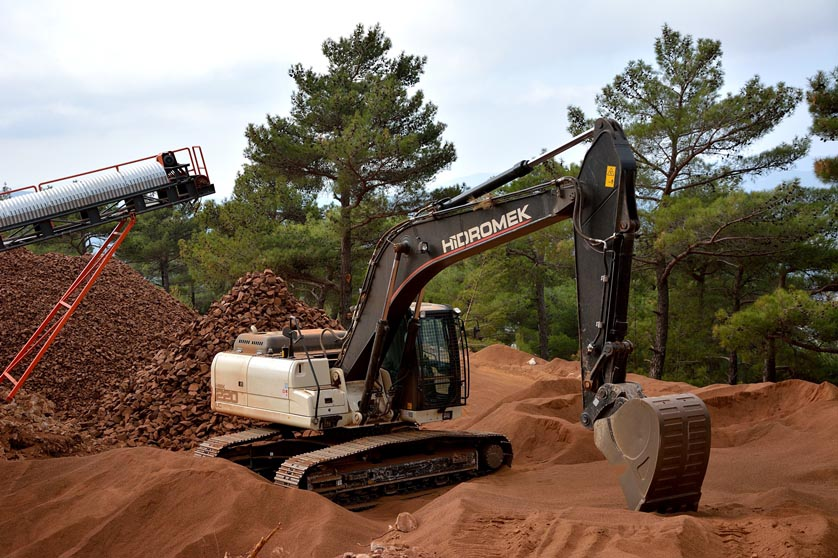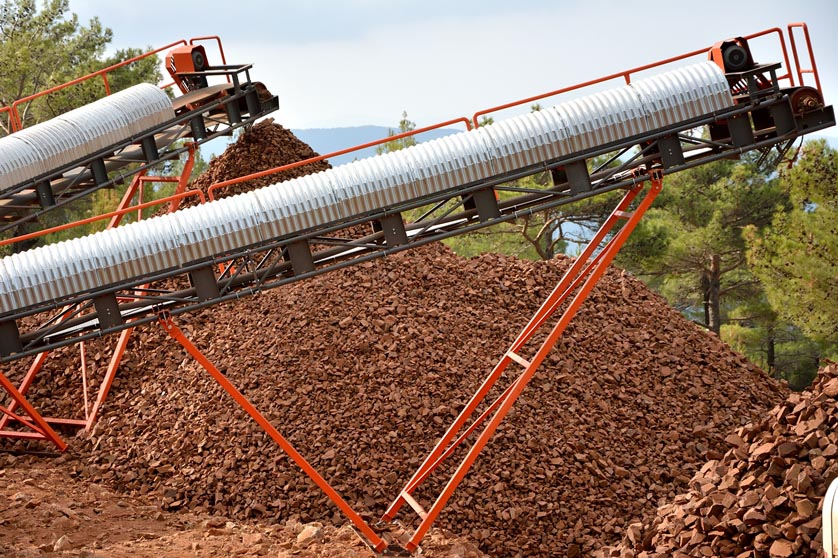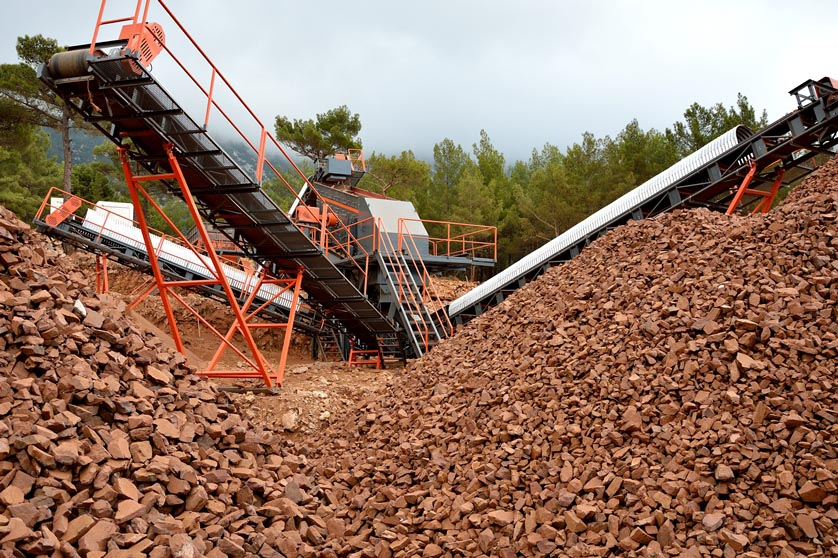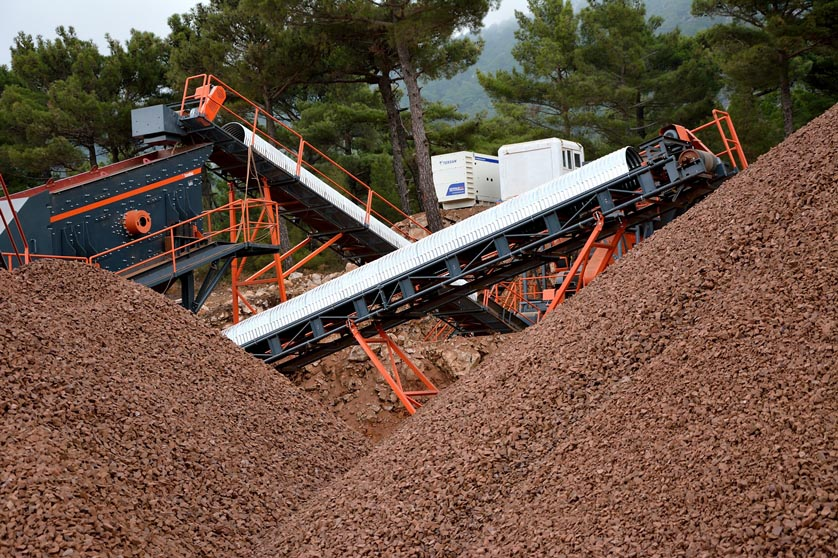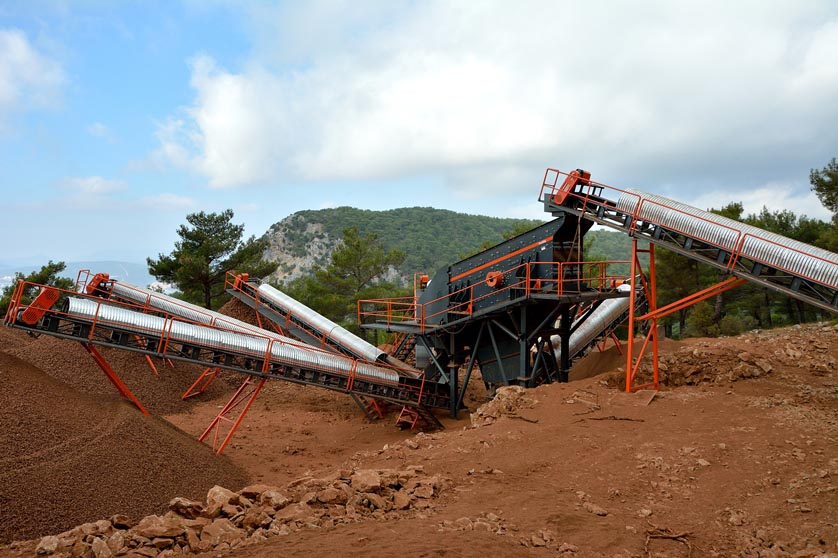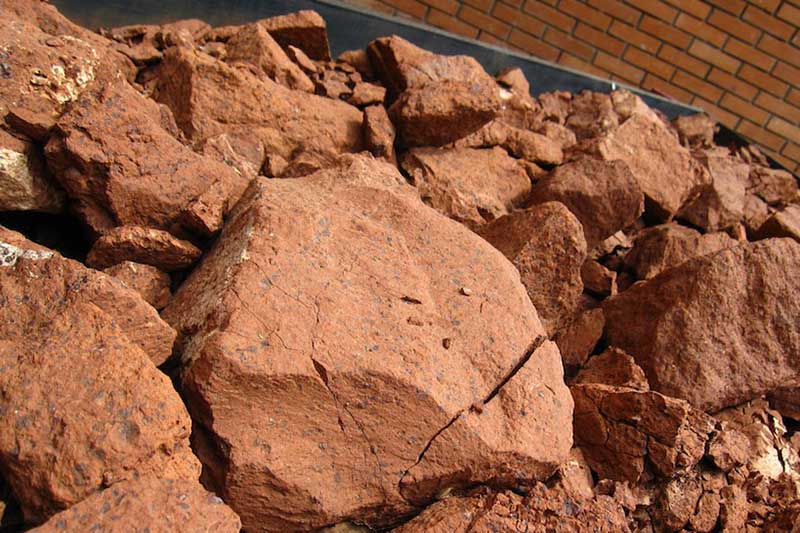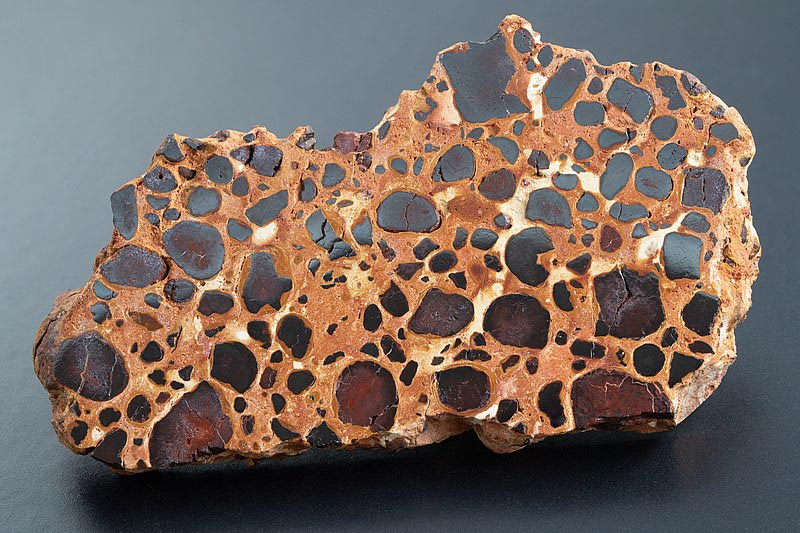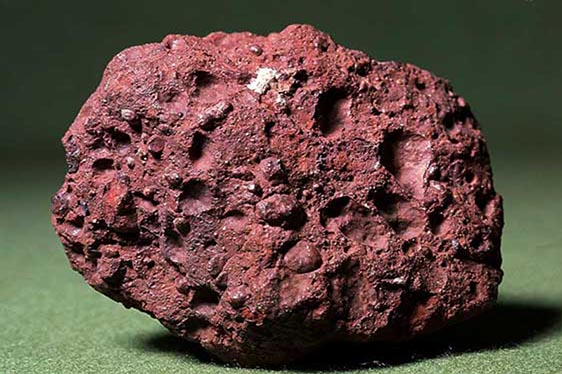Bauxite
Today, nearly all commercial production of alumina is obtained from standard Bayer process using bauxite ores as a raw material. One of the most important criteria for metallurgical-grade bauxites that can be directly fed to the Bayer process is the total silica content of bauxite. Because, reactive silica which tends to dissolve during bauxite leaching causes excessive caustic soda consumption and alumina losses in the Bayer process. For this reason, the reactive silica content in bauxite plays a critical role in the viability and economics of the Bayer process. Removing reactive silica from bauxite prior to leaching (also known as pre-desilication) is a major focus of effort for most alumina production plants. In recent years, it has been known that beneficiation methods such as froth flotation have been tried to pre-desilication. In this study, the major problems caused by reactive silica in bauxite ore and several beneficiation methods used for pre-desilication have been reviewed from the current literature. Among these methods, it has been determined that froth flotation is more important in terms of silica removal performance and industrial practice, and so investigations on bauxite flotation have been discussed extensively.
Aluminum Oxide with 99% pureness level obtained from Bayer Process, is consumed in production and manufacturing of refractories, ceramics, abrasives, paints, frit and similar products. The very tiny grain size, homogenous particle size distribution, whiteness and pureness of this material is a very favorable material in many sectors.
Bauxite also has iron oxide, silica dioxide and titanium dioxide besides aluminum oxide in its composition. There are elements like nickel, vanadium, phosphorous and zinc in very small quantities.
Bauxite with the hardness level of bauxite is 1-3 and specific gravity between 2,5-3,5 gm/cm3 being the most widely used raw material of aluminum, plays an important role in global trade. 90 % of the world’s bauxite production is carried through open pit mining. 85 %-90 % of the total bauxite production is consumed in aluminate and aluminum production. In addition to this; bauxite is also consumed in calcium aluminate cement production, as raw material in abrasive sector and in refractories production and as slag conditioner in steel production.
The natural form of alumina is named “corund”. Synthetically produced alumina crystals are named aluminum oxide, but the name alumina is used for both alumina and aluminum oxide. Pure alumina is mainly white colored. In case there are different colors than white, the reason is the impurities even in very small quantities inside the material. The pure red colored natural alumina is named ruby, blue natural alumina is named sapphire.
Usage Areas:
- Portland cement production
- Calcium Aluminate Cement production
- Refractories production
- Aluminum production
- Abrasives production
- Slag Conditioning
- Paint production
The consumption area of the bauxite is determined by the chemical composition of it. For example, the bauxite to be consumed in refractories sector must have small percentage of Fe2O3 in it. The reason is simple, refractories are exposed to high heat levels and iron cannot resist to such high heats and it melts. So, the refractory fails when the iron content of it is high. On the other hand, bauxite to be used in aluminum production must have high Al2O3 and low SiO2. Caustic soda is used in Bayer Process. The main part of this process is to clean the silica inside the bauxite. The level of silica directly effects the caustic soda to be used in the process. High silica levels cause high costs. The Al2O3 level of the bauxite directly effects the amount of aluminum produced.
Bauxite is used as slag conditioner in high furnaces in steel industry.
Aluminum is one of the most important industrial products. Leading countries tend to build their own aluminum production facilities in order to establish sovereignty in aluminum supply for their domestic consumption. Considering the critical value of sovereignty, they may choose producing alumina from low grade bauxite even if it results with higher cost aluminum.


